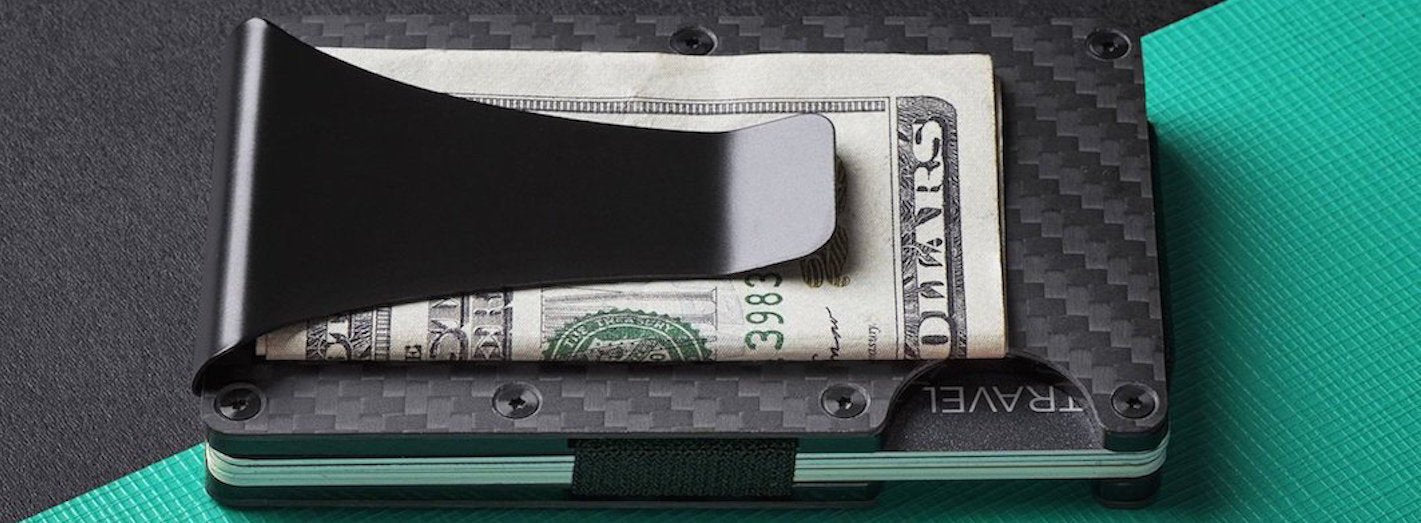
It used to be that you had to be shook down in a back alleyway at gunpoint, or mugged on the sidewalk, or pick-pocketed by hustlers in a crowded market. Now, none of that’s necessary.
As technology advances and daily activities become easier and easier, so do the criminal capabilities of digital hackers. No, we aren’t talking about some computer nerd with a mouth full of Cheetos reading green Matrix-codes on a screen.
This is real, and it’s extremely easy to pull off.
Radio-frequency identification is a process that uses electromagnetic fields to identify and track tags attached to objects. In the case of the credit cards and driver’s licenses sitting around in your wallet, these ‘tags’ contain electronically stored information that RFID readers can lift with interrogating radio waves.
That’s a long-winded way of saying that hackers can steal your info.
Anyone with an RFID reader and malicious intent can activate the chips in your wallet and ‘skim’ the information they’re designed to transmit. In some demonstrations, these RFID readers can skim entire credit card numbers from the pockets of a passerby.
So that’s where RFID-blocking comes into play.
In contrast to your dad’s old leather bifold, RFID-blocking wallets are designed to insulate your belongings from the interrogating radio waves of RFID readers. Their protective outer shell has frequency-blocking technology that greatly reduces the range that RFID readers can skim your information.
Take this example: At the Schmoocon hacker conference in 2012, Kristin Paget used a $50 RFID reader to skim an audience member’s credit card, encoded that information onto a blank card with a $300 dollar card-magnetizing, and used Square’s iphone attachment to pay herself 15 dollars.
Moral of the story? You’re better safe than sorry.
The tricky thing about data security is that it doesn’t seem like you need it until it’s too late. Even as credit card companies implement one-time transaction codes or the European-style chip-and-PIN system (we also think it’s annoying), taking the precautionary steps is a great way to cover your bases.
There are a couple ways to prevent RFID theft. For one, you could wrap your cards in aluminum foil, if you’re into that sort of thing. If you like a little more officiality, there are several RFID blocking sleeves for the important cards you carry around that can be found online. You could even start carrying your wallet in your front pocket – this makes it a bit more difficult for thieves to scan your cards without you noticing.
RFID-blocking wallets just look cooler.

We’re all too familiar with the bulky, leather wallets of the past decade. If anything, the sleek metal designs often associated with RFID-blocking wallets are an improvement in aesthetic just as much as security.
So keep your data safe and look good doing it.